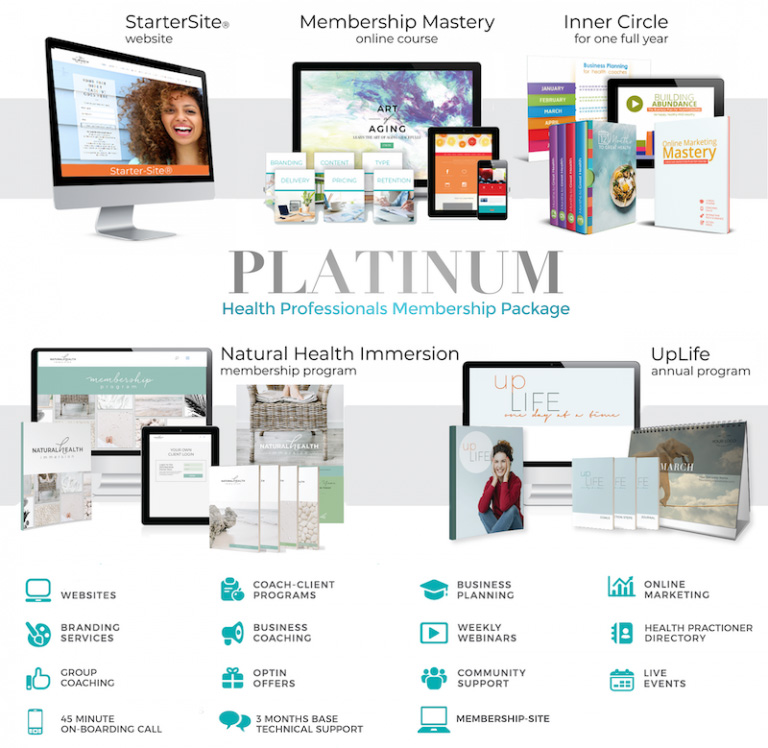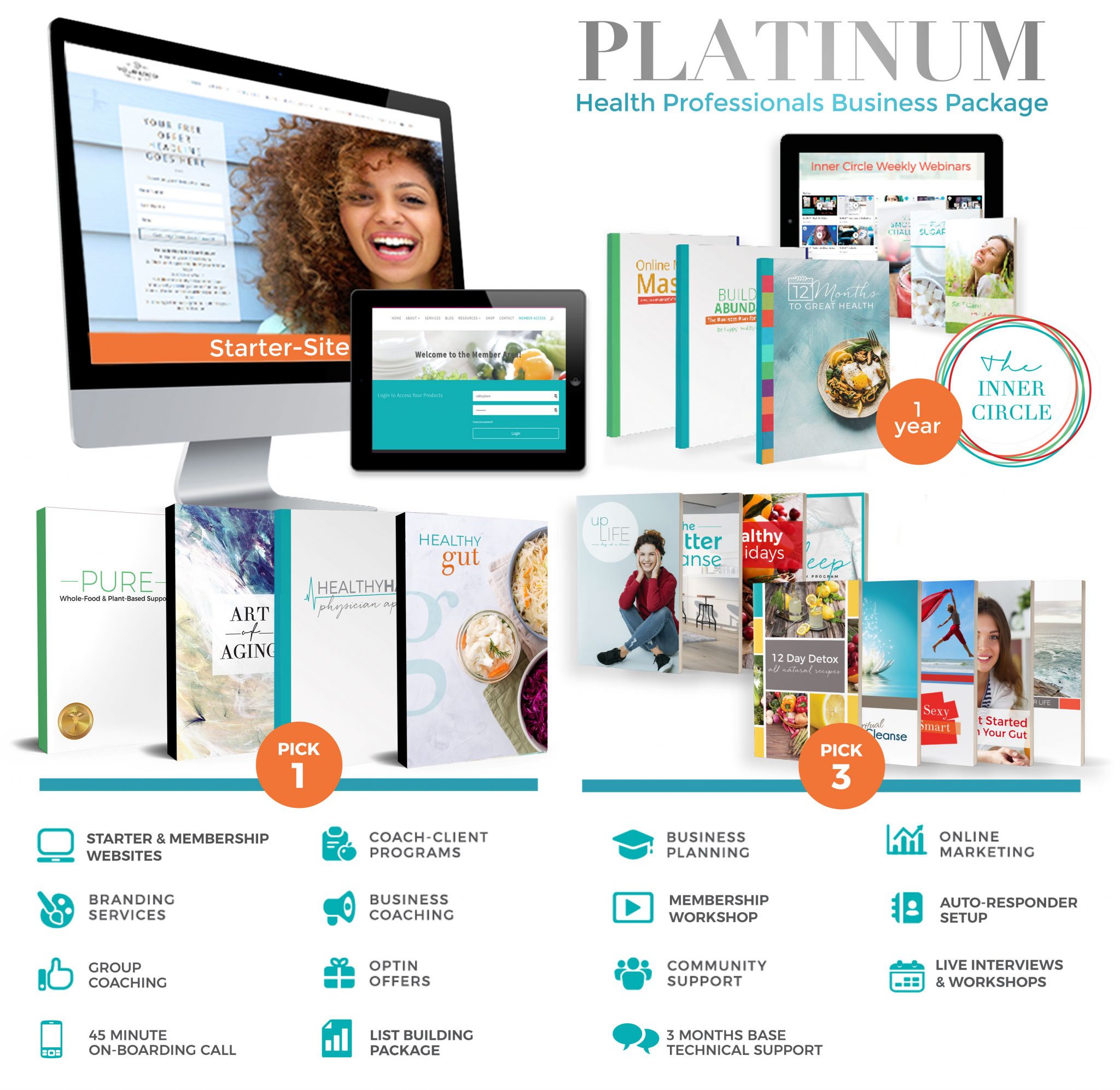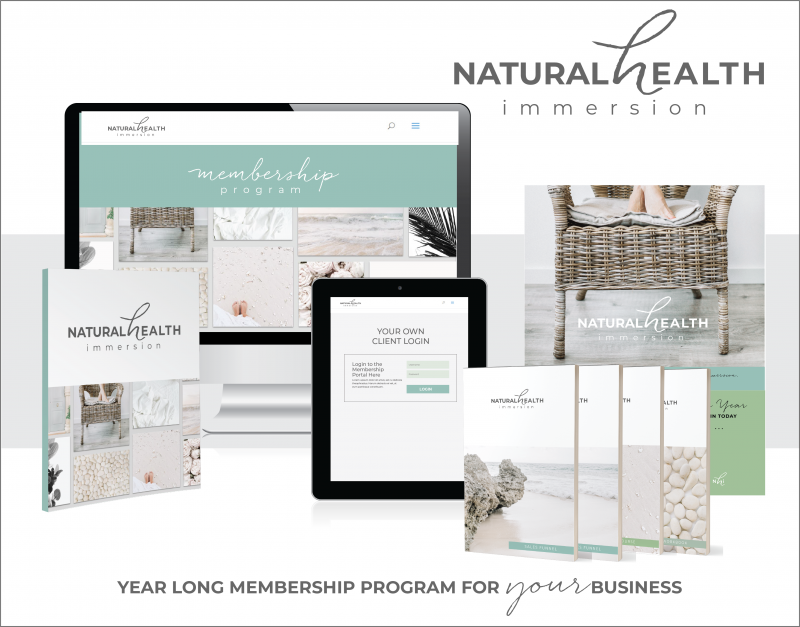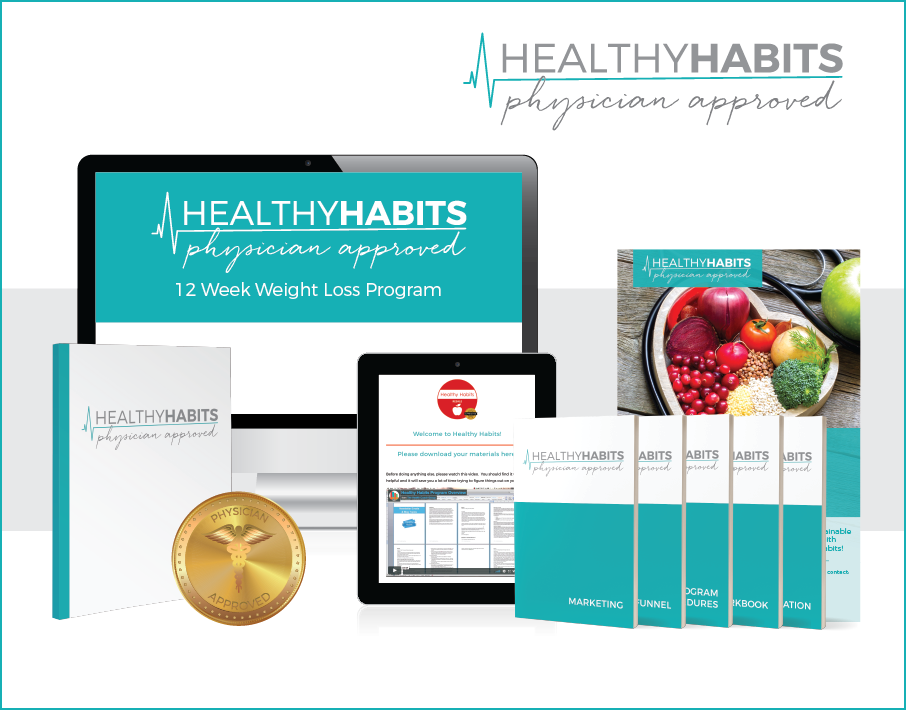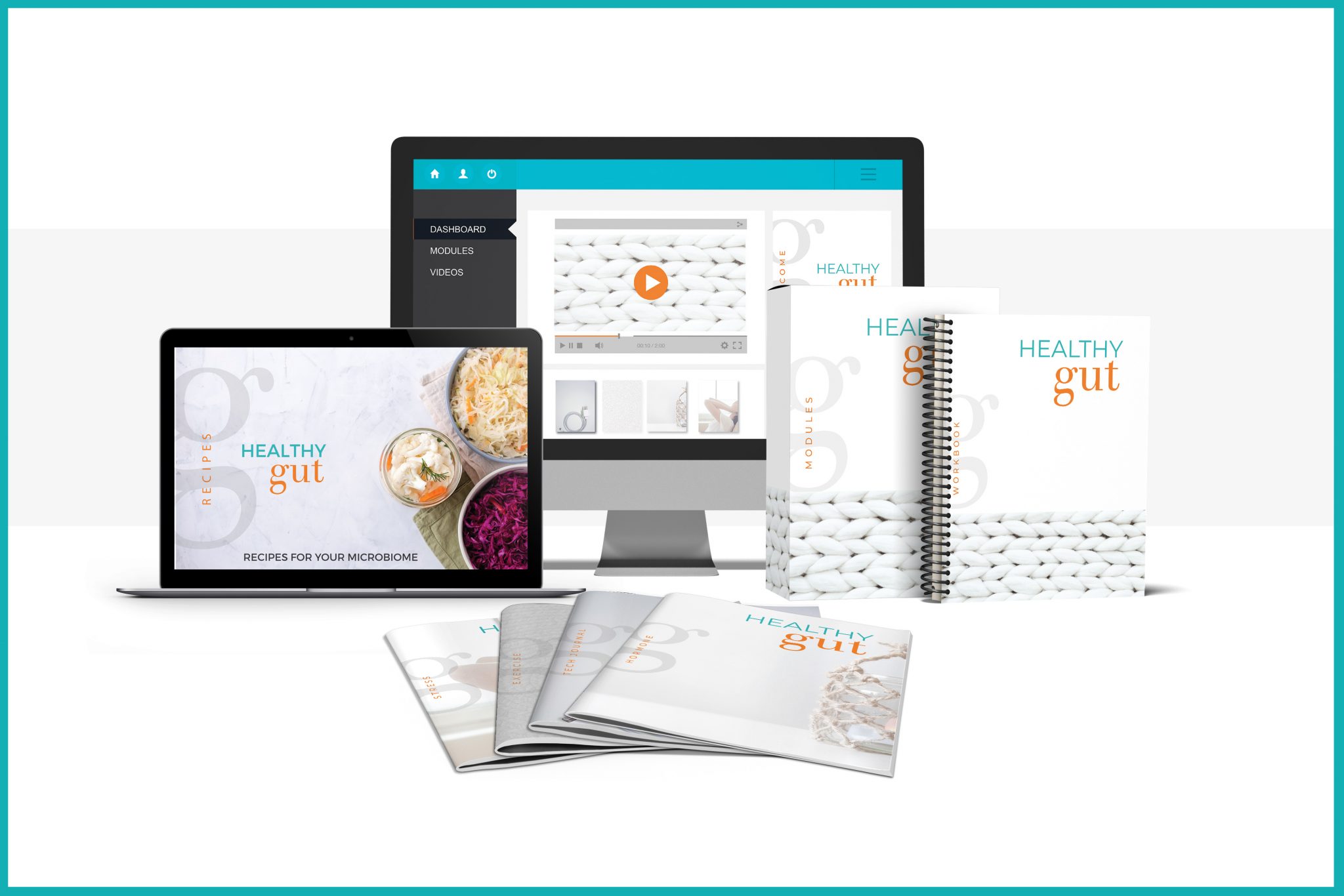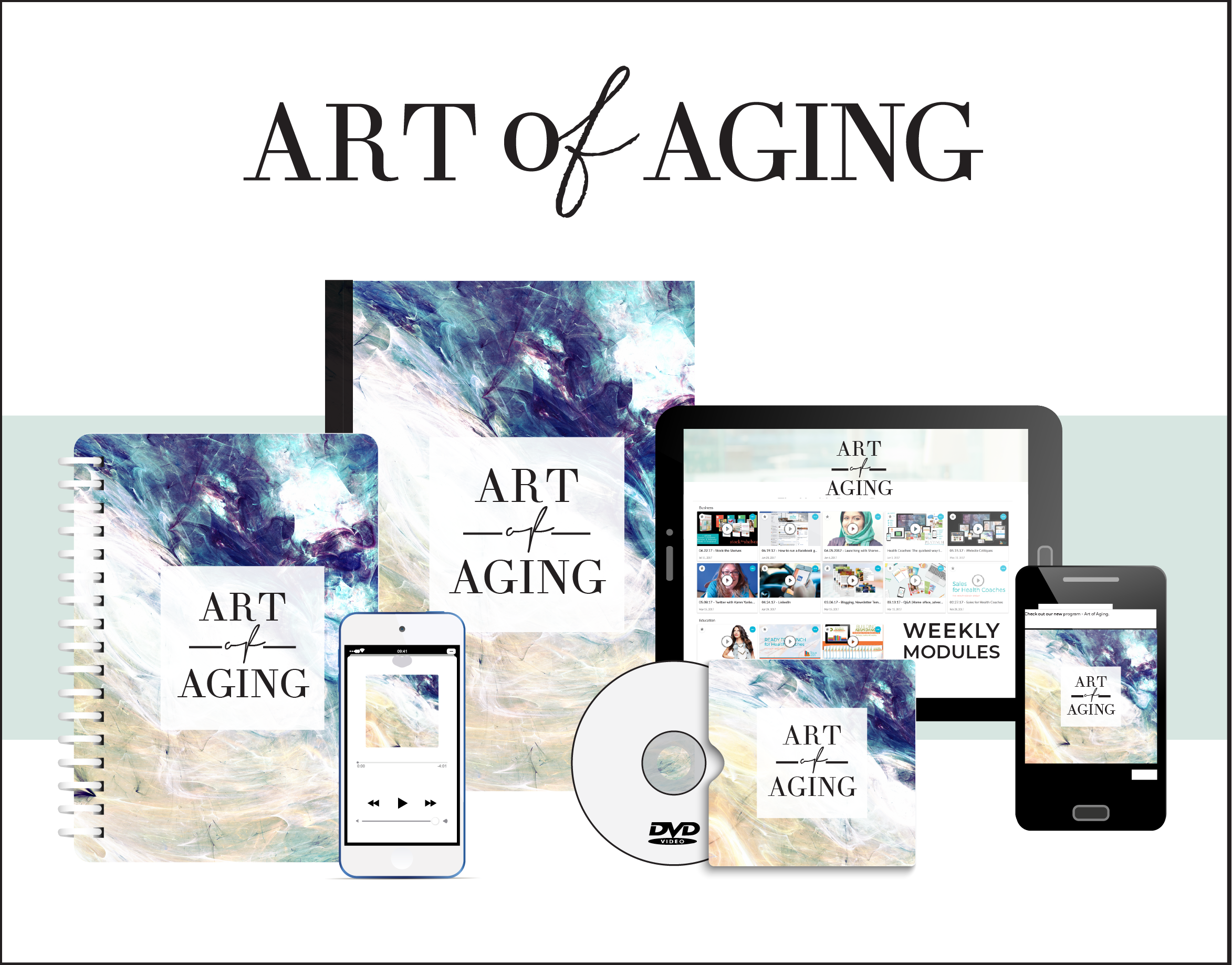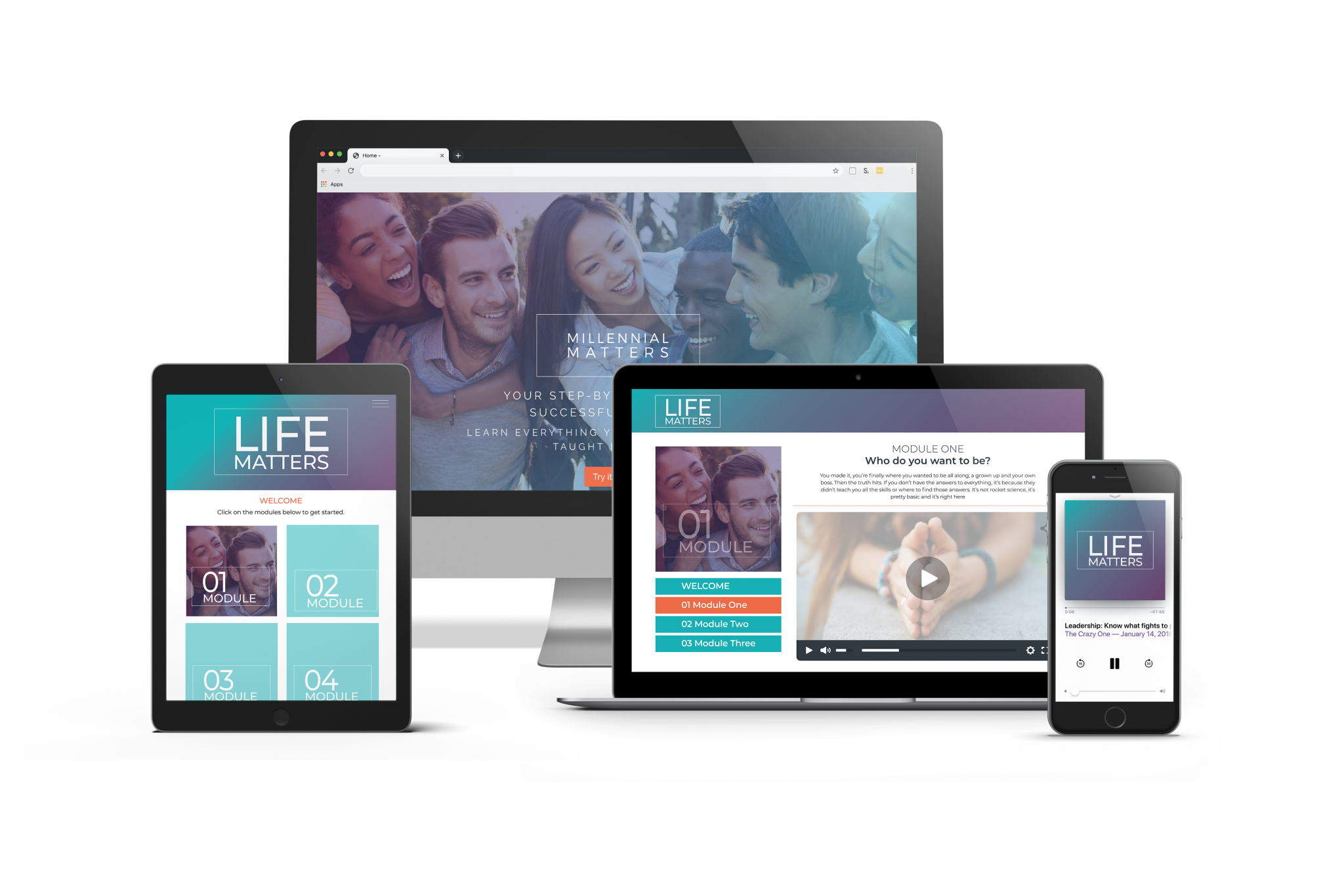Wearables and Heart Health
Lessons in Wellness
for Health Coaches


Patients with heart failure are very sick, and studies show that they don’t always receive or have access to the follow-up care they need. Luckily, technology and information access make it easy for coaches and even patients themselves to be proactive and self-manage by watching their lifestyle habits and monitoring their results with wearables. It’s important to stay connected to your primary physician, your pharmacist, and if you don’t have a cardiologist, get in with one at the earliest possible opening. Sometimes, that’s easier said than done. Have them put you on a waiting list and determine their procedure to move you up. If they allow, call daily to check for cancelations and be ready to fill them. It’s helpful to have someone to advocate for you.
Get copies of your reports and read them. Understand the drugs you are taking, and be sure that all of your doctors have a complete list of drugs and supplements you are taking from any and all doctors. Have your pharmacist review those medications with you to be sure they don’t interact badly.
Get into your primary care doctor within 7-10 days of hospitalization. They should go over medication, nutrition, and symptoms. Let them know what you’re eating, what your wearables show, and what you’re experiencing with medication and symptoms.
How to Use Wearables
Set Up Your Device: Make sure your Apple Watch is correctly set up. This means you need to pair it with your iPhone, ensure it’s fully charged, and that the WatchOS software is up to date.
Monitor Your Heart Rate: Apple Watch has a built-in heart rate monitor. Familiarize yourself with how it works, as monitoring your heart rate during activity can help prevent overexertion. In addition, your healthcare provider may give you specific heart rate targets to aim for during your rehabilitation exercises.
Download Relevant Apps:
Apple Health: This app collects data from your Apple Watch about your workouts, heart rate, and more, providing a comprehensive overview of your health.
Cardiac Rehab Apps: There are various apps designed to assist with cardiac rehab. One such app is “myHeart” which includes guided exercise programs and self-care education. However, the app availability might change, so consult with your healthcare provider for the best current apps that suit your specific needs.
Exercise Program: Most cardiac rehab programs include a combination of warm-up exercises, low-impact aerobic activity, strength training, and cool-down exercises. You can track your progress and heart rate through your Apple Watch during these activities.
- Warm-up: Start with 5-10 minutes of light stretching or slow walking.
- Aerobic Activity: Activities like brisk walking or cycling. Aim for 20-30 minutes, but start slow and gradually increase as your endurance improves. Your healthcare provider will help establish your target heart rate for these activities.
- Strength Training: Light resistance training can be beneficial. Discuss with your healthcare provider about the right exercises for you.
- Cool-down: Finish with 5-10 minutes of slow walking and stretching.
Track Your Progress: Use the apps to track your progress over time. Many apps will provide visual graphics and summaries of how your strength and endurance have improved, and you can share this information with your healthcare provider.
Sleep and Recovery: Use your Apple Watch’s sleep tracking features to ensure you’re getting adequate rest. Good sleep is crucial for recovery.
Medication Reminders: The Apple Health app can send reminders to take medication at the right times, which is essential for heart failure patients.
Mindfulness and Stress Management: The Apple Watch also has a Breathe app, which can guide you through short deep breathing sessions to help reduce stress, an important aspect of cardiac rehab.
Professional Medical Advice Rules
Remember to always listen to your body and consult with your healthcare provider regularly throughout this process. Technology is a tool that can greatly assist in your rehab journey, but it should complement, not replace, professional medical advice and monitoring.
For Physicians –

Disclaimer: The information provided in this blog is for educational purposes only and should not be considered a substitute for professional medical advice, diagnosis, or treatment. Always seek the advice of your physician or other qualified healthcare providers with any questions you may have regarding a medical condition. Never disregard professional medical advice or delay in seeking it because of something you have read in this blog.
Recommendation: It is important to consult with your doctor or healthcare professional before making any significant changes to your diet, especially if you have a pre-existing medical condition or are taking medications. Your doctor can provide personalized guidance based on your specific health needs and help you develop a comprehensive plan for managing your blood pressure effectively. They can also monitor your progress and make adjustments as necessary to ensure your overall well-being. Remember, everyone’s health situation is unique, and professional medical advice is crucial for tailored recommendations.
Further Reading
With content below.
Platinum Package (Includes Business Planning, Online Marketing Mastery, List Building Pkg, and business coaching)
Inner Circle (Includes BA, OMM)
Tell me where you are in your business building and what you’re stuck on. Let’s see if we can get you “unstuck”. Comment below.

